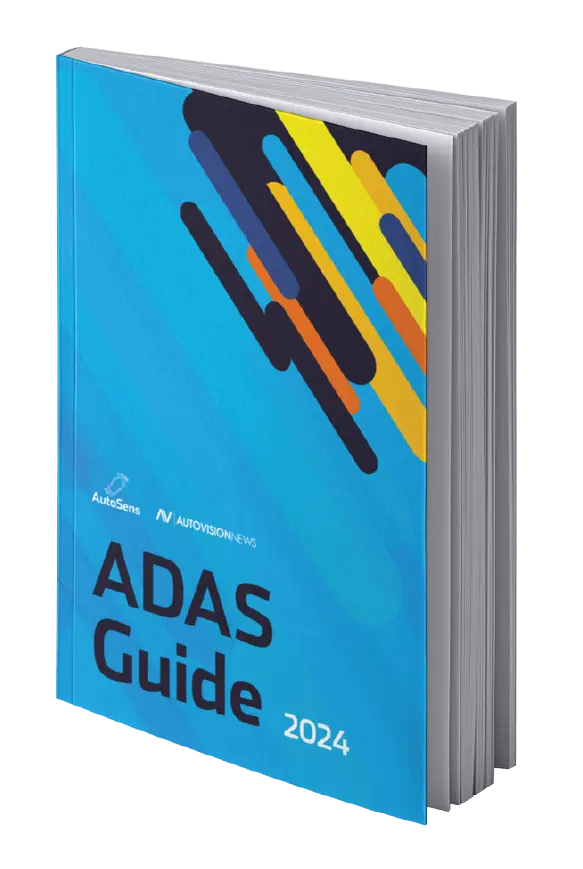
We caught up with Caroline Chung, Engineering Manager at Magna, to gain insight into the key challenges and considerations associated with driver impairment within the vehicle cabin. Don’t miss Caroline’s presentation at InCabin USA 2024 where she will dive deeper into this topic.
1. What are the key challenges in detecting and mitigating driver impairment within the vehicle cabin, and how are these challenges being addressed through technological advancements?
Detecting and mitigating driver impairment within the vehicle cabin presents several challenges. One challenge is the variability in impairment symptoms, as different individuals may exhibit different signs of impairment such as drowsiness, distraction, or intoxication. Another challenge is the need for real-time monitoring, which requires systems that can accurately and non-intrusively assess the driver’s state continuously. Environmental factors within the vehicle cabin, such as noise, vibrations, or lighting conditions, can also effect the accuracy of impairment detection. Additionally, striking a balance between accurately detecting impairment and avoiding false alarms is crucial, as false positives can lead to unnecessary interventions while false negatives can result in missed opportunities for intervention. Technological advancements are being made to address these challenges, including the integration of advanced sensors, the use of machine learning algorithms for data analysis, multi-sensor approaches that build upon existing camera-based driving monitoring, and the creation of intuitive human-machine interfaces. These advancements aim to improve the accuracy and reliability of impairment detection, ultimately enhancing road safety.
2. What are the ethical and legal considerations surrounding the use of in-cabin monitoring systems for assessing driver impairment, and how are industry stakeholders navigating these challenges?
The use of in-cabin monitoring systems for assessing driver impairment raises important ethical and legal considerations. Industry stakeholders must ensure that drivers’ privacy is respected, and their personal information is handled securely and in compliance with relevant privacy laws. Obtaining informed consent from drivers is crucial, and transparent communication about data collection, storage, and usage practices is necessary to build trust. Additionally, industry stakeholders must implement robust data protection and security measures to safeguard the collected data from unauthorized access or breaches. Compliance with data protection regulations, such as GDPR or CCPA, is essential to protect driver privacy.
In navigating these challenges, we as an industry are taking proactive steps. We are collaborating with regulators and automotive policy groups to establish guidelines and standards for the use of in-cabin monitoring systems, ensuring compliance with legal requirements and addressing ethical concerns. We as Magna also prioritize privacy by design, incorporating privacy-enhancing measures from the system’s design stage onwards. Transparent communication with drivers and the public about the purpose, benefits, and privacy implications of in-cabin monitoring systems is emphasized. Furthermore, industry associations and organizations are developing ethical guidelines and best practices to ensure responsible and ethical use of the technology, addressing privacy, fairness, and bias concerns. By taking these measures, we aim to strike a balance between improving road safety through in-cabin monitoring systems and respecting the privacy and rights of drivers.
3. Could you elaborate on the integration of driver monitoring systems with active safety features such as adaptive cruise control or lane-keeping assist to mitigate risks associated with impaired driving?
Integrating driver monitoring systems with active safety features, such as adaptive cruise control (ACC) or lane-keeping assist (LKA), can significantly mitigate risks associated with impaired driving. Driver monitoring systems continuously track the driver’s attention level and detect signs of impairment, such as drowsiness or distraction. By doing so, these systems can provide timely alerts or interventions to regain the driver’s attention when necessary. When combined with active safety features, such as ACC or LKA, the driver monitoring system can trigger enhanced safety interventions. For example, it can increase the sensitivity of the ACC system to maintain a safer distance from the vehicle ahead or provide stronger steering assistance if the driver starts drifting out of the lane. This integration allows for customized interventions based on the specific impairment detected, enhancing the overall effectiveness of the safety features. Furthermore, the data collected through these systems can provide valuable insights for improving future designs and targeted interventions to address impaired driving risks.
4. As participants in this upcoming event, what opportunities do you see for cross-industry collaboration in addressing driver impairment and enhancing in-cabin safety systems? How do you anticipate these collaborations driving innovation in the automotive safety sector?
Cross-industry collaboration presents significant opportunities for addressing driver impairment and enhancing in-cabin safety systems, driving innovation in the automotive safety sector. Collaboration between technology companies and automotive manufacturers can lead to the development of more sophisticated driver monitoring systems and enhanced safety features. Collaboration between the healthcare and automotive industries can leverage expertise in human physiology and medication effects to develop systems that consider individual health factors. Collaboration between insurance companies and automotive manufacturers can improve in-cabin safety systems by sharing data insights and developing usage-based insurance models. Lastly, collaboration between research institutions and industry stakeholders can accelerate the translation of research findings into practical solutions, driving advancements in automotive safety. These collaborations combine expertise, resources, and perspectives from different domains, fostering innovation and ultimately improving road safety for all.







